I t’s widely accepted that having “good situational awareness” is vital to safe and efficient flying. But what does “situational awareness” even mean? How do we develop and maintain the “good” kind? How do we fit ourselves into the big picture, and why is it important to do so? And once we understand these aspects of situational awareness, how can we use it to make things easier? On three recent flights, I feel I had a high level of situational awareness and used it to make a difference. In one I used my knowledge of my place in the big picture to help another pilot. In the second I used it to help myself. In the third I used it to eliminate a possible delay on an approach. Here’s what I’m talking about.
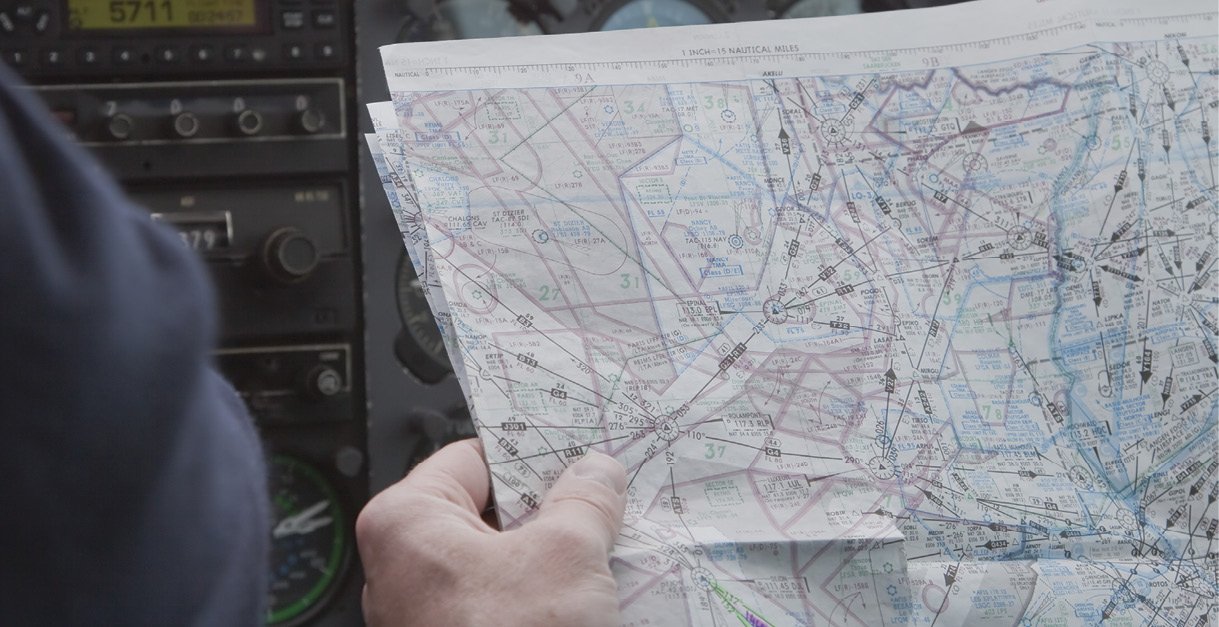
Helping others
I was in a Beech Baron, cruising southeast at 7000 feet in clear skies over the southern end of the Appalachians. A Delta Air Lines MD-80-something just off Greenville/Spartanburg, S.C., checked in, climbing and looking for higher. The controller amended its clearance, stating, “Maintain 6000 for traffic; I’ll have higher for you in five miles.” His departure airport was ahead and to my left. I didn’t have the Mad Dog in sight yet, but it had to be southbound en route to Atlanta, the center of Delta’s universe. It was a pretty good bet that I was the reason for the altitude restriction.
Now, it would have been perfectly acceptable to do nothing. The Delta crew would level off, fly beneath me (or at least my bubble of ATC-protected airspace) and climb once we were no longer a hazard to each other. Jets are extremely fuel-inefficient at low altitudes, however, and I had an opportunity to make life easier on the Delta crew.
Scanning for the airliner, I told ATC I could take a small heading change if Delta wanted an unrestricted climb. Sure enough, five degrees to the left would do it; I accepted the vector and the controller cancelled the jet’s altitude restriction. A short moment later, I saw the airliner and called traffic in sight; it climbed through my altitude a little to my right and I was cleared to resume on course. As he went by, the Delta pilot working the radios keyed the mike and said, “Thank you to the Baron.”
Helping myself
On another occasion, I was inbound to Tullahoma, Tenn., for the annual “Beech Party” gathering at the Beechcraft Heritage Museum (www.beechcrafthm.org). A common pastime during the event is nearly continual formation flights around the traffic pattern, with accompanying ogling and critique by participants on the ground. In other words, it’s a very busy airport during the event.
If I do it right, I can fly non-stop from Wichita, Kan., to Tullahoma and still have my one-hour fuel reserve. But with so much potential traffic at the destination, I made a stop about an hour short and filled the tanks. The weather was marginal VFR due to ceilings but expected to clear before I arrived.
As we got closer, it was obvious the clouds weren’t dissipating as forecast; the bases were fairly high but I’d still have to fly the approach. So would several other pilots inbound to the party. And the bases were high enough that it was likely VFR airplanes were scooting in underneath, and there might even be formation fliers buzzing around the pattern.
I was vectored around to come in from the north. Controllers seemed to think they could let me descend low enough for a visual approach, but airplanes ahead of me were flying the RNAV (GPS) Runway 24 procedure. I was about to be overhead the destination when the controller got overloaded by all the arrivals needing the full approach. He didn’t seem to know what to do with me. “How about I stay at 5000 feet and enter the hold at IDEYA?” I asked. That would be above other airplanes, “stacked up” old-school at the IAF awaiting my turn for the approach.
The controller actually thanked me for the “idea” (also the pronounciation of the holding fix). He immediately cleared me as requested as he vectored others onto the approach or into the hold beneath me. I was number four for the approach. As I entered the hold I told my passenger, who was at the time working on his private certificate, “Aren’t you glad we’re up here with four hours of fuel on board, instead of entering this hold with only an hour till dry tanks?”
About 20 minutes later, it was my turn; we broke out and sure enough there were numerous VFR airplanes in the pattern. The spacing was right and I landed straight-in, but it was entirely possible I would have to take even more time maneuvering visually for traffic avoidance once I cancelled my IFR clearance.
Avoiding delay
For the third occasion, I was eastbound to my home airport on the east side of Wichita. A stubborn broken cloud layer had not dissipated as forecast, leaving a 600-foot ceiling with excellent visibility beneath and clear skies above. Earlier, a King Air checked in on the frequency and was cleared to the same airport, Wichita Colonel James Jabara (KAAO). I saw it as traffic maybe 15 miles north of my position and a little behind me, on a parallel track.
The winds were strong out of the west. I had stayed low at 4000 feet for the best possible groundspeed; the King Air went to what was typically low for a pressurized turboprop, 14,000 feet, likely for the same reason (as well as to keep its turbine fuel flows comparatively low). On the ADS-B, then, he was holding the relative position at my four o’clock as we both slugged into the westerly winds.
The surface winds were blustery out of the southwest, so Jabara was landing to the south. Coming in from the east-southeast, I’d be nearly aligned with the VOR-A approach, which allows circle-to-land to either runway (18 or 36). I fly it a lot. Circling minimums are 500 feet.
But the King Air had started its descent, and its groundspeed increased as it got closer. Soon it would be off my right wing. If both the King Air and I asked for the VOR-A, I would almost certainly have to hold, because the King Air was going to be only slightly ahead of me. Instead, I requested the RNAV (GPS) Runway 18 approach. I was immediately cleared direct to the initial approach fix on the eastern leg of the T-style approach.
As expected, the King Air asked for the VOR-A and was cleared for it. As I neared my IAF, I was told to “continue”: I was not yet cleared for the approach but could proceed along its path. Since Class E airspace extends to the surface at Jabara, and VFR requires at least 500 feet below cloud bases in Class E airspace, the King Air could not cancel his IFR clearance until he was on short final. If the timing didn’t work out, I would have to hold at the IF/IAF at the center of the “T” before I could be cleared for the approach and turn inbound. But I absolutely would have had to hold if I’d asked for the VOR-A.
Slogging into the strong headwind, my groundspeed worked to my advantage. Two miles short of the fix and about to ask ATC about the hold, the King Air crew came up on the frequency and cancelled IFR on the ground. The controller quickly acknowledged my cancellation and cleared me for the approach.
After landing, I found the King Air crew in the pilot’s lounge and thanked them for speedily cancelling as soon as they were on the ground. It turns out they were doing all this mental math in their heads, too, and were trying to make the timing work out for me as well. I expect the controller was equally aware of the big picture, because he knew exactly what had to happen before he could clear me for the approach, and he was expecting it to go right down to the last minute, too.
Part of the whole
It’s easy to get sucked into your immediate surroundings in an airplane, especially when flying IFR. This inward focus is especially prevalent when you’re distracted, something unusual is going on or you’re new to the avionics in your aircraft. In fact, the best explanation of avionics mastery I’ve heard comes from a flying club instructor when the club retrofitted its airplane with a glass cockpit: “You know the checkout is complete when the pilot looks outside of the airplane.”
With an inward focus, however, I might not have planned the extra fuel for my arrival at Tullahoma. If I had expected the overloaded controller to command my flight, I would not have suggested an alternative that worked out for everyone—including ATC. Racing the King Air into Jabara, it was certain I’d have to hold if I’d asked for the VOR-A approach, but I had the possibility of proceeding without delay if I chose the RNAV (GPS) and the relative timing worked out. Over South Carolina, I would have gotten a great view of the Delta Air Lines jet as it passed 1000 feet beneath me, but I wouldn’t have been “flying neighborly.”
Why is it important to have good situational awareness, to see the big picture? Knowing what’s going on around you is the only way to accurately answer, “What happens after that?” Further, with a wider worldview, you already have much of the information you need if conditions require you deviate from your initial plan, or if an abnormal or emergency condition arises. Although it sounds difficult to develop and maintain situational awareness, once you’ve done so it actually reduces your workload noticeably…which makes it even easier to see the big picture.
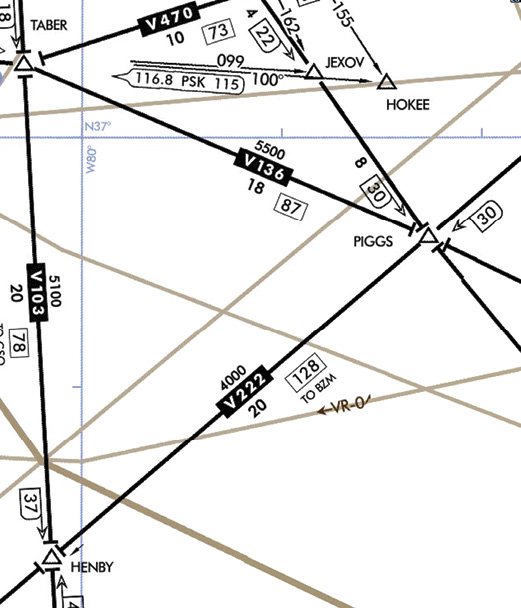
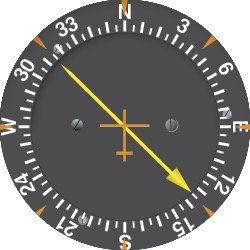
Seeing the Big Picture without Moving Maps
My first job as a flight instructor was in rural Missouri at the time the first handheld Loran devices for light airplanes were introduced. Technology had begun to improve situational awareness. But in those pre-moving-map days, it took a lot of effort to teach instrument pilots how to visualize where they were because it was absolutely normal to have no distance or groundspeed readouts in the airplane at all.
Instead, pilots were taught to make their own crossbearings with off-route VORs or NDBs, measure the distances between these fixes and record them in a navigation log before flight. We’d compare distance to time en route to derive a groundspeed and update estimated times of arrival over subsequent fixes. Early in training, this really sucked your head into the cockpit. But as this became more natural, it was a mind-expander for situational awareness. The pilot-as-navigator developed a sense of location and progress, and seemed more attuned to visualizing the location and progress of other airplanes on frequency. Moving maps—and traffic displays like ADS-B—make it phenomenally easier to see the big picture. Much has been written about a perceived decline in pilot skills as a result of GPS and moving map technology, and I’ve written quite a bit about it myself.
But if the pilot focuses on the bigger picture—the bubble of terrain, airspace, traffic and options surrounding the airplane—then these amazing devices do indeed make for far greater situational awareness. It’s up to the pilot, however, to look outward and not focus on the little airplane symbol at the center of the screen alone, to get the situational awareness “big picture.”
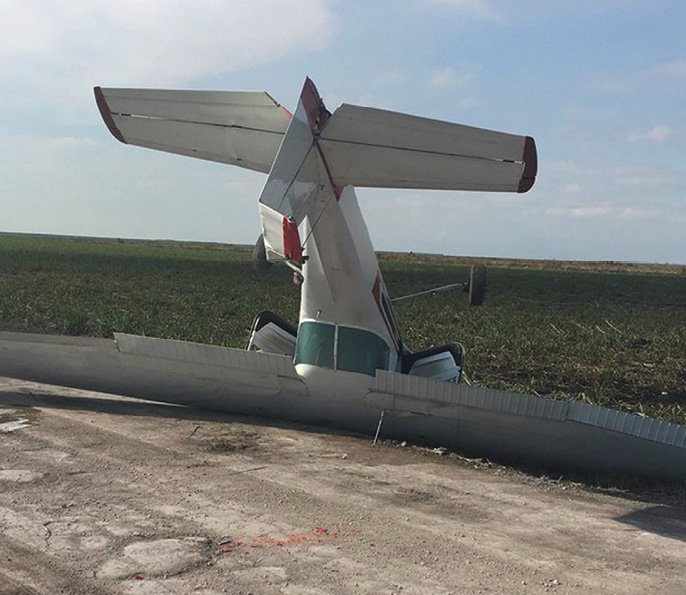
Defining Situational Awareness
In its Aviation Instructor’s Handbook (FAA-H-8083-9A), the FAA defines situational awareness as “the accurate perception and understanding of all the factors and conditions within the four fundamental risk elements [the pilot, the airplane, the environment and external pressures] that affect safety before, during and after the flight.” The FAA states, “maintaining situational awareness requires and understanding of the relative significance of these factors and their future impact on the flight.” “Good” situational awareness occurs when “the pilot has an overview of the total operation and is not fixated on one perceived significant factor”—in other words, the pilot has the big picture.
“To maintain situational awareness all the skills in ADM [Aeronautical Decision Making] are used.” There are numerous obstacles to good situational awareness. Fatigue, distraction and workload can cause the pilot to “fixate on a single perceived important item rather than maintaining an overall awareness of the flight situation.” Complacency, an “overconfidence from repeated experience on a specific activity” is often “a contributing factor in numerous aviation accidents and incidents.” Complacency is hard to recognize “since everything is perceived to be progressing smoothly.” Advanced avionics and automation have “been shown to induce overconfidence and complacency.” All of these obstacles can be thought of as an inward focus, away from the big picture.
“By asking about positions of other aircraft in the traffic pattern, engine instrument indications, and the aircraft’s location in relation to references on a chart, [an] instructor can determine if the student is maintaining situational awareness. The instructor can also attempt to focus the student’s attention on an imaginary problem with the communication or navigation equipment. The instructor should point out that situational awareness is not being maintained if the student diverts too much attention away from other tasks, such as controlling the aircraft or scanning for traffic. These are simple exercises that can be done throughout flight training, which help emphasize the importance of maintaining situational awareness.”
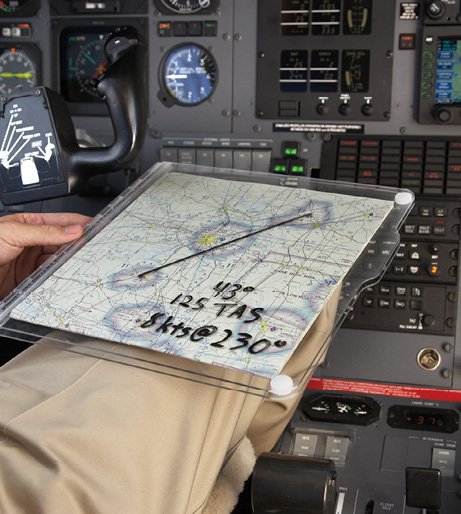
So How Can We Develop Better Situational Awareness?
Some tips to help you remember some disused skills and prepare for when the airplane soils the bed:
Tom Turner is a CFII-MEI who frequently writes and lectures on aviation safety.

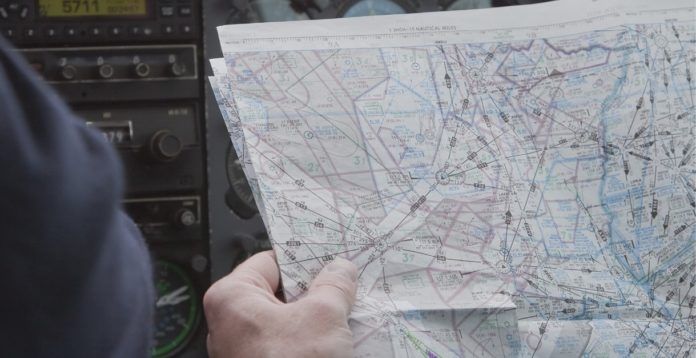



Looking today for the exact understanding of the “Big Picture” I was impressed with your practical definition. Also, discussing real experience is the best way to clarify what’s so vital to maintain the situational awareness